EV news
Government Waives Import Duties on EV Battery Components

The government’s move – seen as a landmark overhaul initiative to stimulate domestic manufacturing – was announced by Indian Finance Minister Nirmala Sitharaman, who said it would remove import tariffs on critical components used in electric vehicle ( EV) batteries. The EV space in India is going to witness a transformation because of this decision, which will reduce these duties effectively to zero. The announcement comes on March 25, just short of the passage of the Finance Bill in the parliament, indicating the government’s intent to boost local manufacturing and improve India’s global standing when it comes to the electric vehicle (EV) sector.
The initiative has the potential to reduce the cost of EV manufacturing by a good margin, especially with the government’s emphasis on promoting sustainable and indigenous manufacturing. Zero import duties have been removed on 35 fundamental parts needed to assemble EV batteries, and another 28 essential parts used to manufacture mobile phones. With the removal of these duties the government seeks to not only lessen the cost burden on the manufacturers, but also make EVs and smartphones affordable for Indian consumers.
The finance minister said this is part of larger plan to make India’s exports more competitive. The government intends to use the reduction in costs for manufacturers to encourage local manufacturing and make India a global destination for electric vehicles and components manufacturing with a similar ecosystem. Additionally, this option is perceived as a way to offset the impact of the US, which also plans on implementing reciprocal tariffs in early April. Such tariffs could have an impact on global trade dynamics and the timing of India removing the import duties on battery components is viewed by many observers as a strategic move to mitigate negative economic effects.
The list of tax-exempt component parts includes lithium-ion battery cells, electrolytes, separators, battery management systems, cathode and anode materials, thermal insulation components, and certain key battery parts. Since the cost of batteries account for a large part of an electric vehicle’s overall cost, this step is set to scale up EV adoption across the country. The cost reduction is also expected to promote fresh investments in local battery units, thus boosting India’s industrial ecosystem.
The initial market reaction has been optimistic as investors are hopeful of the government’s shift in strategy. Analysts say that scrapping the import duties on EV battery components will be a big shot in the arm for the manufacturers, who will now be less reliant on expensive imports and will be able to plough these savings back into R&D and massive scale-up of manufacturing capacity. This, in turn, may land to the further developments and energy storage solutions, making EVs more effective and consequently reaching out to more audience.
The government’s move is in line with the suggestions made by a parliamentary panel, which had called for slashing tariffs on imported raw materials. The committee recommended reducing these tariffs to help boost local manufacturing and ease dependence on imports. These new recommendations represent the latest response in the context of the government’s multi-pronged approach to not only further fortify India’s industrial base but also to usher in a self-dependent economy.
The global supply chain is undergoing a major shift and India wants to have a strategic position to take advantage of new opportunities in the EV market. Climate change is a global concern with countries worldwide implementing electric mobility solutions to reduce reliance on fossil fuels. This not only places India at the heart of the global EV supply but also ensures long-term economic sustainability by promoting the domestic manufacturing sector.
The policy shift is also anticipated to create jobs in the EV sector. From the way production continued at lower costs somewhere to manufacturing being localised somewhere, companies can consider moving, and generating job from every level of its production line wherein R&D is one and assembly line is another. With the favorable regulations and lower operational costs, not only the Indian companies but global giants will find India a more attractive market for EV manufacturing which could bring in the foreign direct investment in India.
Eliminating import duties on critical EV battery components is an important milestone in the government’s vision of making India a hub for electric mobility. The previous policy will have an immediate effect on the lowering cost of EV production and increased affordability of EVs, but the long-term reward could be even more significant. Indeed, India has actually recorded impressive growth in its EV space, as rising consumer demand and government-led incentives have resulted in EV sales soaring. With a wide range of initiatives playing a vital role, this latest initiative cements the groundwork for an EV ecosystem that benefits both makers and in the long run, customers.
Through its focus on domestic manufacturing, the government is not only seeking to reduce consumer costs but is also taking a major step towards creating a sustainable manufacturing infrastructure. A pivotal element of this plan is the decrease in dependence on imports, which not only reduces external reliance but also bolsters India’s economic fortitude.
As the global automotive landscape evolves towards electrification and sustainability, this update in regulations seems long overdue. Countries are competing to take over the EV space and the move by India to promote home-grown manufacturing through duty exemptions puts the country in a competitive position.
With more co’s capitalizing on these policy benefits, the growth of India’s EV industry is likely to be significant. This will not only help the manufacturers that are already at work, but also open the door for those who want to come to India and invest in the system. As demand for EVs continues to rise and battery technology advances, India is on the verge of becoming a major player on the EV front in the comming years.
This waiver is a long-term decision and it has the potential to reshuffle the industry. It represents a pledge to sustainable development, economic buoyancy, and technological advancement to keep India at the vanguard of the electric mobility revolution.
Article By
Sourabh Gupta
Blog
MG’s Cyberster: India’s Upcoming Premium Electric SUV Set to Launch in July 2025
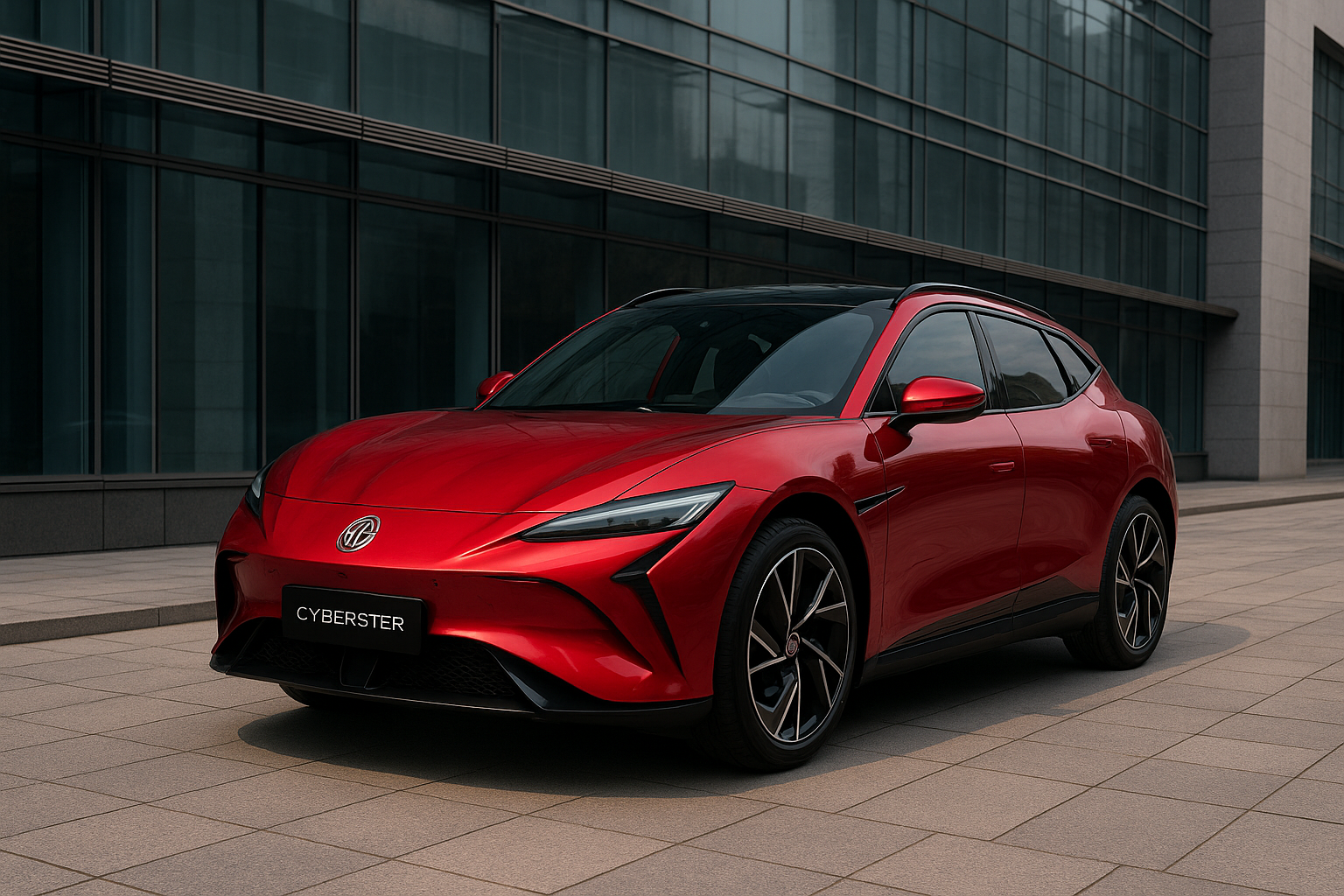
A Bold Step Into India’s Luxury EV Market
So, MG is about to bring out something pretty cool — the Cyberster, a premium electric SUV, expected to launch around July 2025. It’s their way of stepping up in India’s electric vehicle game and offering something that’s not just green, but also stylish and packed with tech.
EVs are getting popular here, and MG wants to be part of that wave, especially for folks who want a good-looking, comfy ride that’s loaded with modern features.
Striking Design Meets Cutting-Edge Technology
We don’t have all the info yet, but the Cyberster looks sharp. Think sleek and sporty, something that’ll catch eyes on the road.
Inside, expect lots of screens, smart features, and safety tech — basically, everything you’d want to make your drive smooth and fun. Whether it’s a quick city run or a weekend escape, this car’s aiming to make every trip enjoyable.
Performance That Packs a Punch
If you’re paying for a premium electric SUV, you want it to perform, right? While details are still under wraps, MG usually doesn’t disappoint. Expect a good driving range and enough power to make driving fun.
And with fast charging, you won’t be stuck waiting around forever — a big plus for busy folks.
What the Cyberster Means for Indian Consumers
This car means more choice for buyers who want a premium EV. The market is heating up, and it’s great because it gives you options that fit your style and budget.
MG is known for giving good value, so this might be a premium ride without the crazy premium price tag.
Growing Competition: A Win for Buyers
More companies entering the EV space means the competition’s getting fierce — Tata, Mahindra, Hyundai, and now MG all want your attention.
That means better cars, better prices, and more charging stations popping up, making EVs easier to own.
MG’s Vision for India’s EV Future
The Cyberster is just the start for MG. They’re clearly aiming to be a big player in India’s EV scene by giving buyers stylish, tech-packed cars.
As India moves toward greener transport, cars like this will help make electric vehicles the new normal.
Article By
Sourabh Gupta
Blog
India’s EV Market Heats: More Players, More Competition
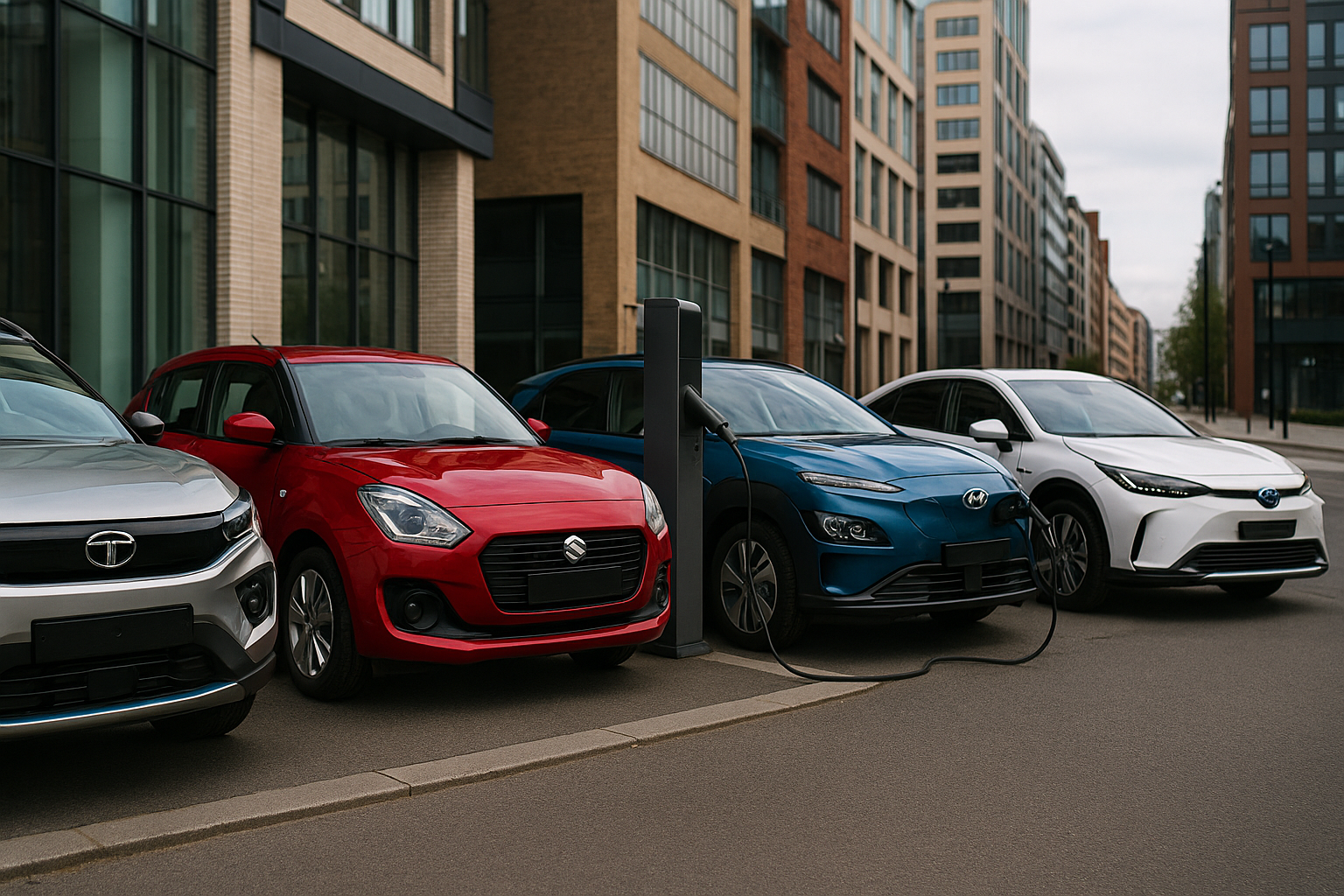
The Electric Vehicle Battle Is Just Getting Started
You know how things are changing fast with electric vehicles here in India? Well, it’s no longer just a couple of companies in the game. Tata and Mahindra have been leading for a while, but now Maruti, Toyota, and Hyundai are jumping in too. It’s turning into a proper race, and that’s great news for anyone thinking about buying an EV.
More players mean more choices, and when companies compete, it usually means better deals and cooler cars for us.
New Entrants Bring Fresh Energy
Maruti Suzuki is like the go-to brand for most Indian families because their cars are affordable and reliable. Now, if they start selling EVs, it’s going to make electric vehicles a lot more reachable for everyday folks.
Then you have Toyota and Hyundai, which have been working on electric cars globally for years. They’re bringing that know-how to India, which means better technology and cars designed to handle our roads and conditions.
This fresh blood is going to push everyone to do better, which is a win for all of us.
What This Means for Consumers
For buyers, this is the best time to consider an EV. You’ll get a wider choice of vehicles — from simple and affordable models to fancy ones packed with features.
Also, with so many companies competing, expect better batteries that last longer, faster charging times, and prices that won’t scare you away.
Charging stations will become more common, making it easier to own and use an EV without stress.
Challenges for Established Players
Tata and Mahindra have done well so far, but now the heat’s on. They’ll need to keep improving their cars and customer service to stay ahead.
More competition means prices might get friendlier, and cars will keep getting better, which is good news for everyone.
The Road Ahead: A Win for India’s Green Future
All this competition will speed up EV adoption, which means cleaner air and less pollution.
With more companies investing in EVs, we’ll see more charging points, better batteries, and more jobs related to green technology.
The future looks electric, and it’s shaping up to be an exciting ride.
Article By
Sourabh Gupta
Blog
Tata Motors Sets Sights on Dominating 50% of India’s EV Market
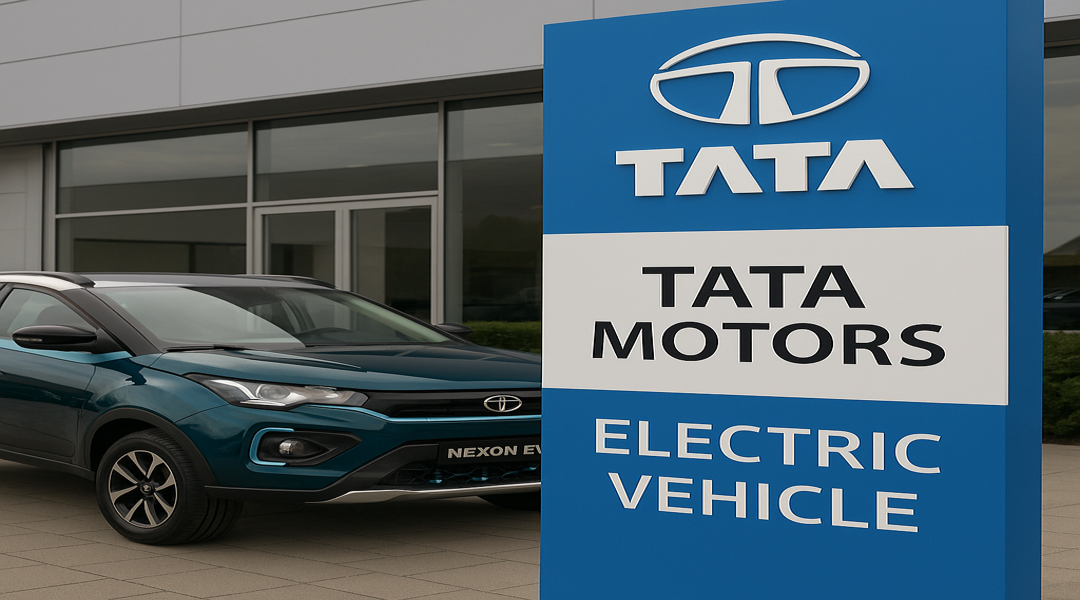
A Bold Ambition in a Growing Industry
Tata Motors isn’t just aiming to be in the EV race — they want to lead it. A recent ET Auto report says Tata wants to grab half of India’s electric vehicle market, which is a pretty big deal.
India’s EV scene is growing fast. More people are thinking about electric cars because petrol prices keep climbing, and folks want cleaner air. With all this happening, Tata’s shooting for the top spot, wanting to hold a massive share of the market.
Where Tata Motors Stands Today
Right now, Tata is the go-to name when it comes to EVs in India. The Nexon EV is one of the best-selling electric SUVs in the country. They’ve also got other models like the Tiago EV and Tigor EV that cover different budgets and needs.
But Tata knows it can’t just sit back and relax. Other brands like Mahindra, MG, and Hyundai are also pushing hard. Tata’s got to keep coming up with new stuff and get better if they want to stay ahead.
How Tata Plans to Achieve Its 50% Goal
So, how do they plan to take over half the market? They’ve got a few things lined up:
Expanding Its EV Lineup
Tata’s working on some cool new electric cars like the Harrier EV, Curvv EV, and the fancy Avinya. These options will give customers more choices, whether they prefer something small and practical or large and luxurious.
Building More Charging Stations
One of the biggest worries about EVs is charging. Tata’s working with Tata Power to set up more chargers across cities and towns. The easier it is to charge, the more people will want to buy EVs.
Making Batteries in India
Batteries are the priciest part of EVs, and importing them adds to the cost. Tata wants to make batteries right here in India, which should help bring prices down.
Going After Fleets and Government Buyers
Tata’s not just focusing on people buying cars for themselves. They’re also selling EVs to taxis, delivery companies, and government fleets. That’s a smart move because these buyers buy in bulk.
Challenges Ahead
It won’t be a smooth ride, though. Tata still has some bumps to cross:
- Battery supply might not always keep up with demand.
- Other companies are catching up fast.
- Not all towns have enough charging points yet.
- Convincing people outside cities to switch to EVs takes time.
The Road Ahead
Tata wants to own half of India’s EV market, and while that’s a huge goal, they have the right plan and the brand to pull it off. For buyers, this means better cars and more choices soon. For India, it’s a cleaner, greener future.
Article By
Sourabh Gupta
-
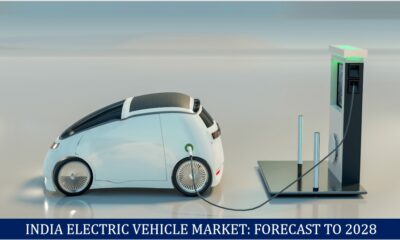
 Blog6 months ago
Blog6 months agoIndia’s Electric Vehicle Market Forecast to 2028 A Rapidly Growing Industry
-
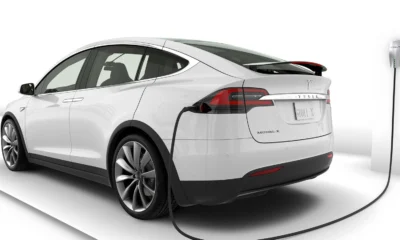
 Blog12 months ago
Blog12 months agoTop 10 Electric Vehicles of 2024: A Comprehensive Guide
-
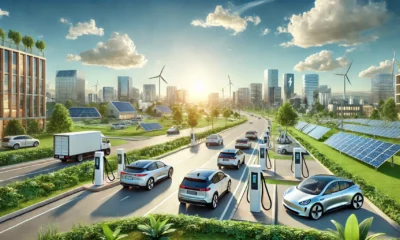
 Blog1 year ago
Blog1 year agoImpact of Electric Vehicles on the Environment and Pollution
-
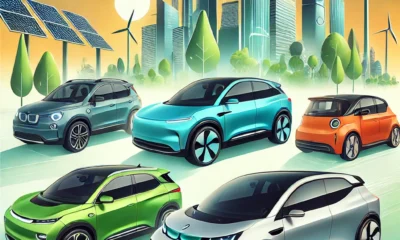
 Blog1 year ago
Blog1 year agoTop 5 best electric vehicles Under $30,000: Affordable Choices for 2024
-

 EV news6 months ago
EV news6 months ago2025 Might Be the Time of EVs in India, Drove by SUV Dispatches
-
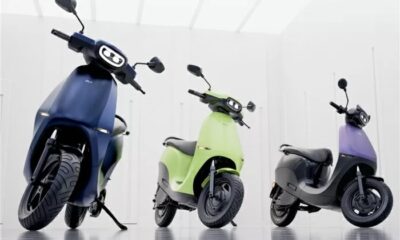
 EV news9 months ago
EV news9 months agoOla Electric Offers Massive Festive Discounts on Scooters Starting at ₹50,000
-
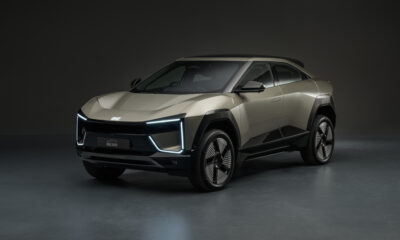
 Blog6 months ago
Blog6 months agoMahindra BE 6 An Intense Move toward the Fate of Electric Versatility
-
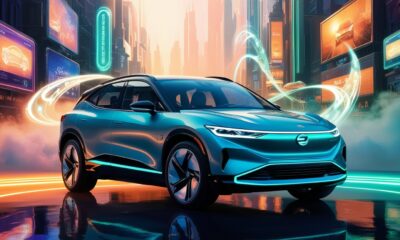
 Blog1 year ago
Blog1 year agoEV Charging Technology: Leading the Electric Vehicle Innovations in 2024




